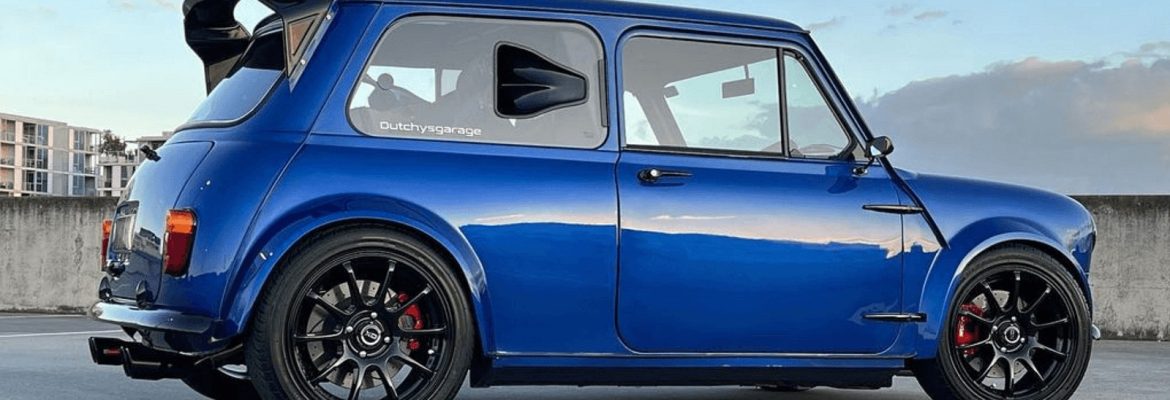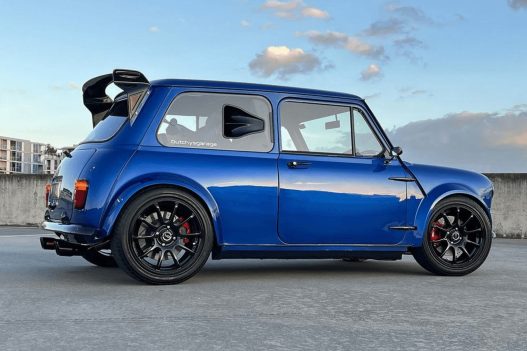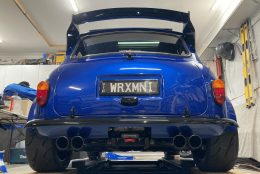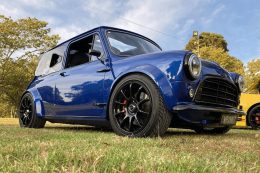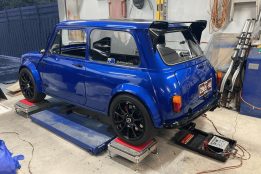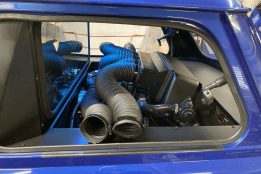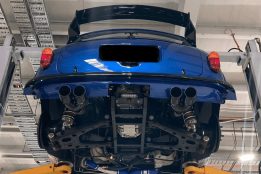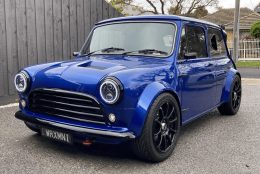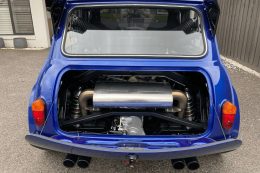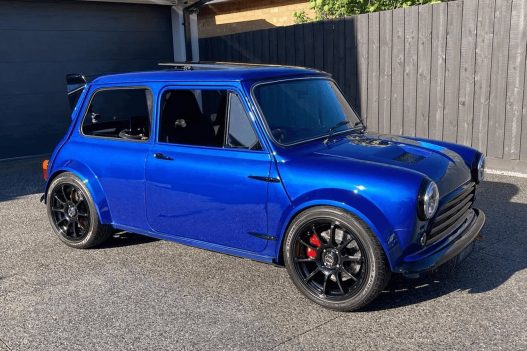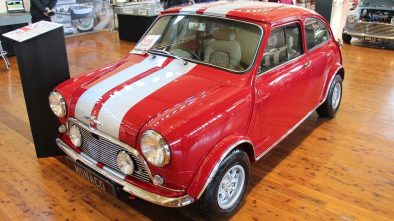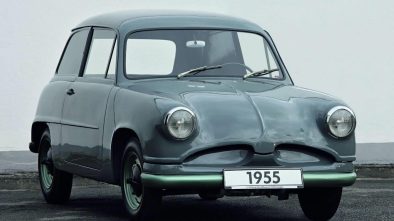WRX-powered Mini is a street-legal GO-Kart
Builders often choose a Honda engine and front-wheel-drive configuration to make small cars like the Mini Cooper go faster. One example is Gildred Racing’s B16-swapped Mini. However, an Australian man known as Steve or @dutchysgarage on Instagram has managed to create a rear-wheel-drive Mini by installing Subaru’s 2.5-liter EJ25 boxer engine from the WRX, known as one of the best four-cylinder engines ever.
To accomplish this, Steve removed the rear floor and rear seats of the car. He then built a custom box frame to support the engine, which wraps around the interior of the mostly original Mini shell.
To convert the Mini to a rear-wheel-drive layout, Steve transferred the mechanical components from the front of the donor car to the Mini’s end, creating a mid-engine setup.
In addition to the engine, the Subaru WRX-powered Mini also uses the Subaru’s transmission and front axles, which are reused as the Mini’s rear axles. As a result, the car is noticeably rear-heavy in its construction. Interestingly, the fuel tank has been moved to the front of the car, where the original Mini’s engine would have been located.
The interior of the car has been modified with WRX seats, a custom dashboard that pays tribute to the original Mini’s dashboard design, and a flat-bottomed steering wheel. The exterior features a dark blue, almost purple, paint job and a set of black 13-inch wheels. While these wheels may seem small on a modern Mini Cooper hardtop, they are considered large on the 1961 Mini.
When driven, this WRX-powered Mini demonstrates stability and speed. This performance can be attributed to the use of front and rear suspension from the Mazda MX-5. The EJ25 engine, with a standard WRX turbo, produces approximately 250 horsepower and 295 lb-ft of torque. These performance figures are quite impressive considering the relatively low weight of the build, which is around 2,028 pounds.
Other necessary modifications to this compact powerhouse include the addition of window ducts to facilitate airflow to the top-mounted intercooler, the installation of fans to maintain airflow even when stationary, the upgrade to LED headlights, and the creation of a custom sunroof using parts from both the original roof and a more contemporary R53 Mini. Not to mention, Steve also added an insulated firewall and a transparent barrier between the front cabin and the engine. In addition, the car now has a radio and air conditioning.
Comparing it to Honda-powered Minis, Steve affirms that the disturbing phenomenon of torque steer is conspicuously absent in this creation. In addition, there’s an undeniable, steroid-enhanced go-kart feel to driving this machine.
